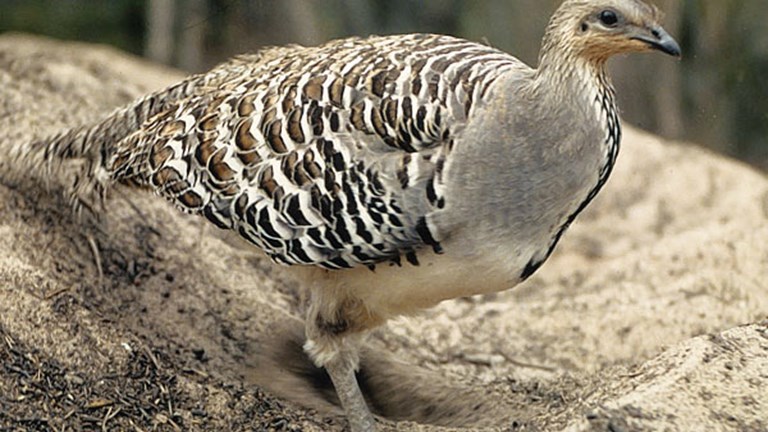
Malleefowl
Leipoa ocellata
Macropus rufus
Red Kangaroos have become more common since European settlement. This is probably due to decreasing numbers of dingos, which prey upon kangaroos, and greater availability of water in farm dams. Red Kangaroos are considered pests by some farmers because they compete with stock for grass. Extended drought halts Red Kangaroo breeding, which may impact long-term populations in future.
Red Kangaroos
Red Kangaroos prefer open plains with shady trees.
These are the largest of all kangaroos. Like other macropods, Red Kangaroos are pouched marsupials with strong, springy hind legs and muscular tails. They cover large distances by jumping with their back legs, using their tails for balance. Large individuals can cover many metres with a single jump. When walking, they use their front and back legs and tails.
Red Kangaroos live in some of the driest regions of Australia. To cope with this harsh environment they have evolved some amazing breeding strategies. Reproduction ceases during drought but begins within days of rain. While good conditions last, female Red Kangaroos breed all year round and can have three young of different ages simultaneously: a dormant embryo, a tiny newborn pouch young, and an older joey that has left the pouch. They produce two different kinds of milk at the same time.
These animals are mainly nocturnal, and sleep in the shade during the day. They lick their forelimbs to cool their blood by evaporation. At night they graze small plants using their specialised grinding teeth.
Male Red Kangaroos are much larger than females. They fight for access to females for breeding, standing high on their back legs and tails and ‘boxing’. When standing they can be over two metres tall. Males are redder than females, although both sexes can be grey-brown.
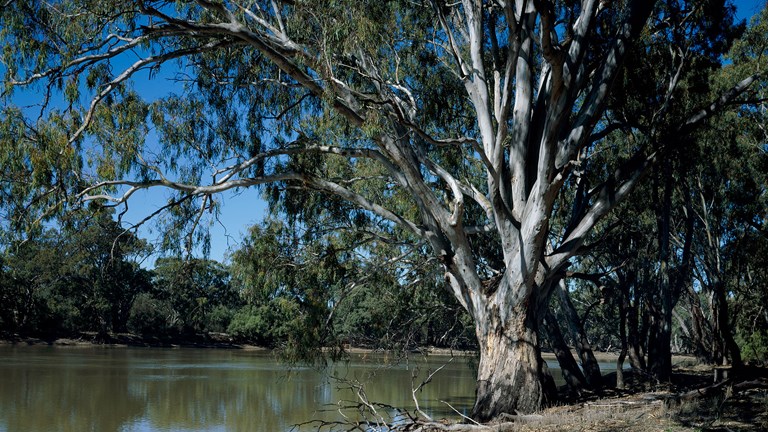
There are many types of dry forests in Victoria including stringybark, red gum, grassy woodlands and the remnants of the once great box–ironbark forests.
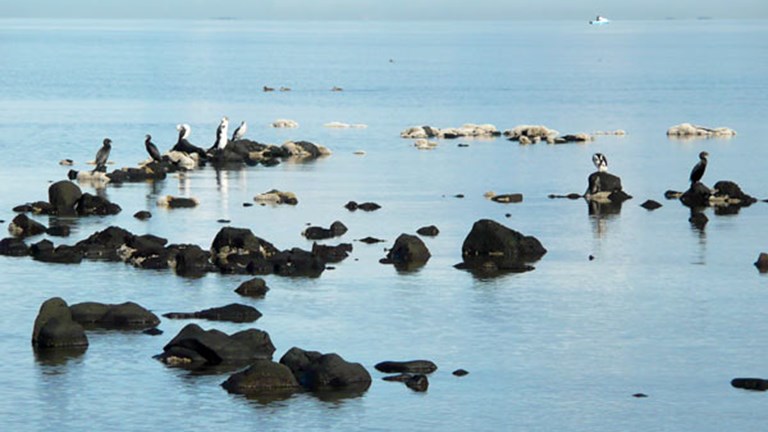
Victoria’s coastal wetlands are significant places for wildlife, with many listed in international conventions to protect the habitat of migratory birds.
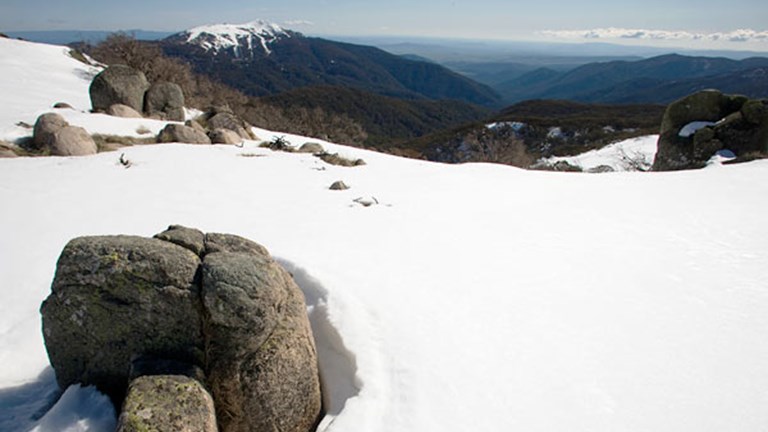
The Victorian Alps extend from the plateaus of Lake Mountain and Mt Baw Baw to peaks such as Mt Feathertop and the headwaters of the Murray River.
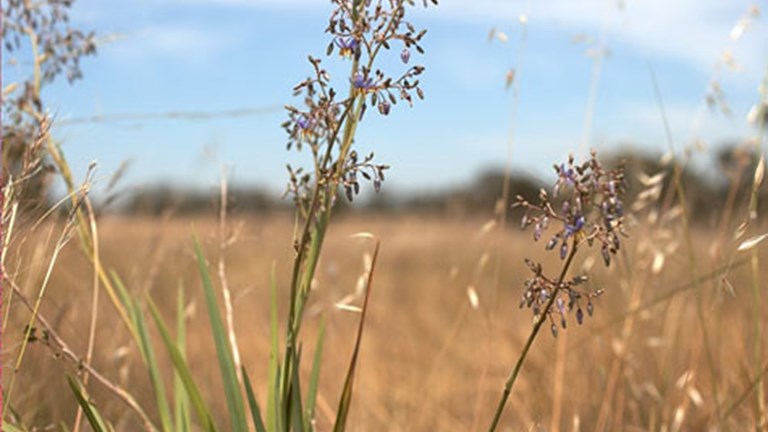
When the first Europeans arrived in Victoria there were grasslands on the vast, undulating western plains, on the northern plains and in Gippsland.
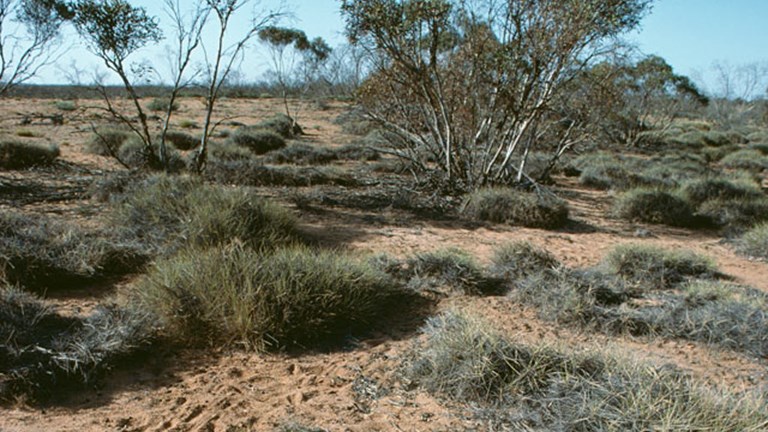
The Victorian Mallee in the north-western corner of the state has a mosaic of vegetation types adapted to low rainfall and sandy soils.
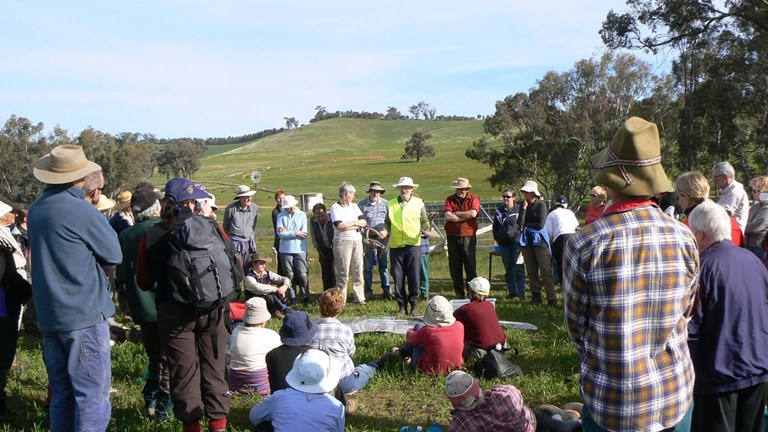
Find out about the issues affecting our special places and the plants and animals that live in them, and discover some ways you can help.
We are making improvements to our website and would love to hear from you about your experience. Our survey takes around 10 minutes and you can enter the draw to win a $100 gift voucher at our online store!
Museums Victoria acknowledges the Wurundjeri Woi Wurrung and Boon Wurrung Bunurong peoples of the eastern Kulin Nations where we work, and First Peoples across Victoria and Australia.
First Peoples are advised that this site may contain voices, images, and names of people now passed and content of cultural significance.